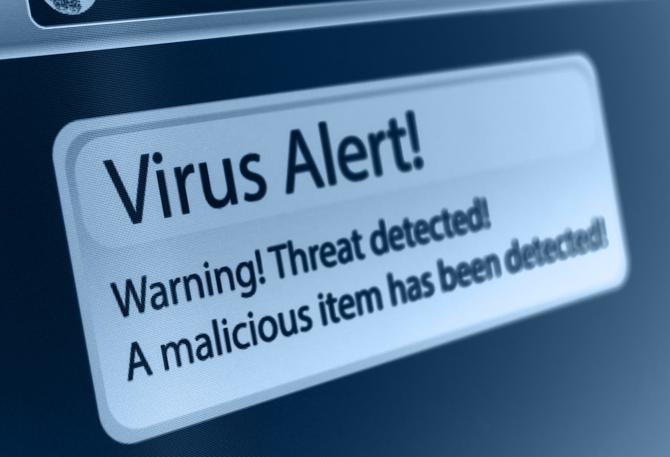
Mac computers remain at low risk for virus infection, but that doesn't mean Mac users can become complacent. Mac virus protection is still necessary for good computer hygiene and as a part of a comprehensive home-computer security plan.
Although Mac aficionados are quick to say "there are no Mac viruses," it may be a matter of semantics. Mac malware as a whole is still a concern. Here's a list of common malware for Macs:
Mac Spyware and Adware
Spyware such as OSX/KitM.A is troubling because it looks like it's signed with a valid Apple Developer ID, giving the malware the ability to get past Gatekeeper. This spyware takes screen shots and stores them in a MacApps folder on the computer, though it doesn't appear that information is sent to any third party.
Morcut, also known as Crisis, is another type of spyware threat that opens a backdoor, giving wide access to virtually every sort of data imaginable. This includes not just files, but keystrokes, instant messages, Skype calls and webcam information. It can hide its processes and uninstall itself.
Fortunately, neither OSX/KitM.A or Morcut are widespread — OSX/KitM.A was discovered on a computer belonging to a political activist — but both serve as examples of the developing expertise of cybercriminals, and why Mac users need to remain vigilant.
Most spyware is likely to be in the form of adware, either downloaded as part of a free app or a browser plug-in. Trojan.Yontoo.1 is an example of the latter, capable of infecting all the common Mac browsers, including Safari, Chrome and Firefox. Once installed, it can log keystrokes, sending the information to a third party, and deliver up targeted ads.
Although it's hard to resist "free" apps or other so-called "free offerings," Mac security means that you need to do your due diligence before clicking through and downloading anything free. Check reputable forums and review sites before downloading software or apps to thoroughly understand what you're getting. Likewise, understand what you may be giving up in exchange for that "free offering" and minimize what information you allow an app to access.
Malicious Websites and Scareware
Scareware is what it sounds like: a scary pop-up that claims your operating system is infected. Malicious websites use scareware to entice users to click on the pop-up, which then triggers an attempted trojan download. If these trojans are written for the Windows operating system, Mac users don't have to worry and can avoid the scare by simply closing the pop-up, or by closing the browser and clearing cache and cookies. Unfortunately, it's not always so easy to tell if scareware is truly a threat or not.Be skeptical when confronted by a pop-up that claims infection. Never click through; rather, close the pop-up carefully and run your Mac virus protection software to be sure your computer hasn't picked up any malware. Mac users need to exercise caution, particularly when downloading content or software. Only download and install software from trusted sites, and never give a third-party site your admin password.
Ransomware
Another take on scareware is ransomware. This malware includes MacDefender, MacSecurity, MacProtector and MacGuard, all which operate in similar fashion: The user clicks on a malicious link, then a pop-up appears to say you have a virus. For a fee, it offers a download for a bogus antivirus. If the user falls for the bogus download, the trojan hijacks the user's browser to display more malicious websites and exposes credit card information to third parties.
Mac users can protect themselves against MacDefender and its variants by keeping their operating systems up to date; the latest operating system updates will also remove traces of the trojan if it exists on the computer.
Macro Viruses and Windows Malware
Macro viruses and Windows malware may not hurt your Mac, but if you transmit an infected file to a Windows user, you could unwittingly cause a huge problem. Windows malware is capable of hiding on a Mac in the form of macro viruses in Word files, in dual-boot systems or even in a virtualized Windows environment.
Mac users who also use Windows, either in a dual-boot scenario or even in a virtualized scenario, can protect themselves by using only licensed Windows software and download it from reputable websites. If you think you've got a macro virus in your Word document, run your antivirus software or disable macros and take the appropriate steps to copy the text from the infected file into a "clean" file.
Mac security entails user-education, a certain degree of wariness and a good Mac virus protection solution. An antivirus from a reputable company offers strong protections; downloading a free antivirus for Mac is a way to check out the offering and get familiar with implementing a security solution.


